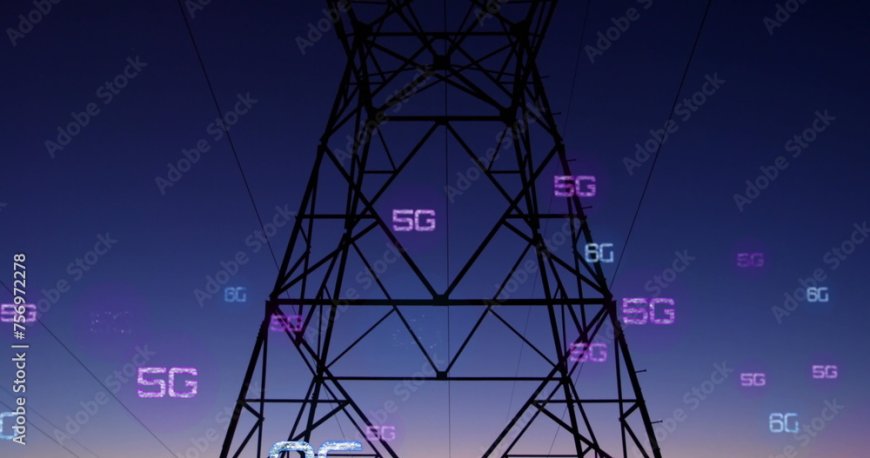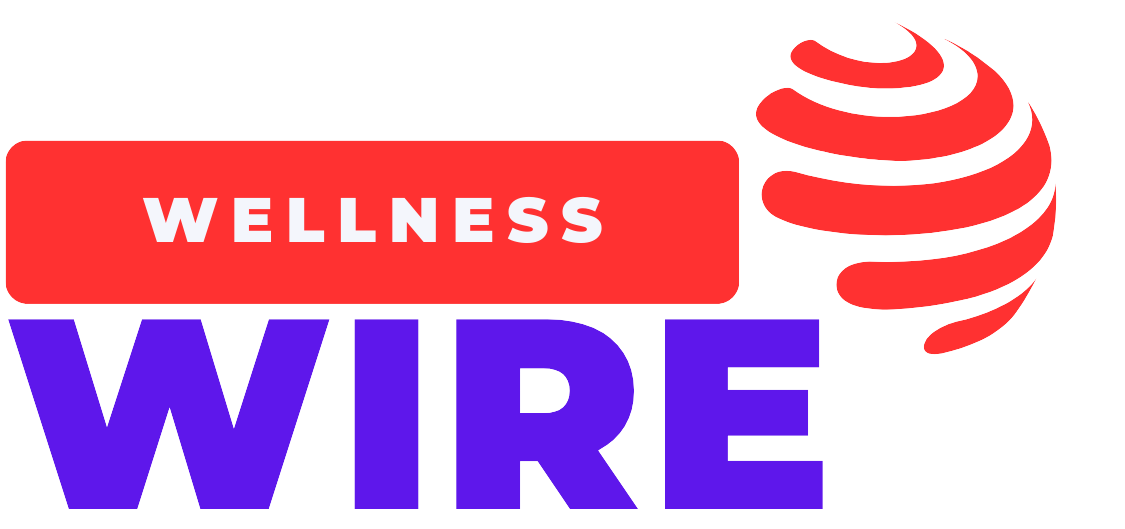5G vs. 6G: What’s Next in Wireless Communication?
5G is here, but what’s next? Discover how 6G will revolutionize wireless communication with speeds up to 1 Tbps, AI-driven networks, and futuristic applications.

Wireless technology has transformed the way we communicate, work, and interact with the world. With 5G networks expanding globally, the conversation is already shifting toward the next big leap—6G. While 5G has introduced ultra-fast speeds, low latency, and enhanced connectivity, 6G promises to redefine wireless communication with even more advanced capabilities.
So, how do these two generations compare? What can we expect from 6G that 5G doesn’t already offer? Let’s explore the key differences, potential applications, and when we can expect 6G to become a reality.
1. Understanding 5G: What It Offers Today
5G, or the fifth generation of wireless technology, has brought significant improvements over its predecessor (4G LTE).
???? Key Features of 5G
✅ Speed: Can reach up to 10 Gbps, making it up to 100 times faster than 4G.
✅ Low Latency: Reduces delay to as low as 1 millisecond, enabling real-time applications.
✅ Massive Connectivity: Can support millions of devices per square kilometer, ideal for smart cities and IoT.
✅ Network Slicing: Allows customized network experiences for different use cases (e.g., gaming vs. industrial automation).
???? Real-World Applications of 5G
- Smart Cities: Traffic management, smart grids, and connected infrastructure.
- Autonomous Vehicles: Faster data transmission for self-driving cars.
- Healthcare: Remote surgery and AI-powered diagnostics.
- Augmented & Virtual Reality (AR/VR): Enhanced immersive experiences for gaming and education.
Despite its advancements, 5G still has limitations. The technology relies on high-frequency millimeter waves, which have shorter range and require more infrastructure to provide widespread coverage. This is where 6G aims to bridge the gap.
2. What is 6G? The Next Step in Wireless Evolution
While 5G is still being deployed worldwide, 6G is already in the research phase. It is expected to launch commercially by 2030, bringing new levels of speed, intelligence, and interconnectivity.
???? Key Features of 6G (Expected)
✅ Speeds of 1 Tbps (Terabit per second): Over 100 times faster than 5G.
✅ Sub-Millisecond Latency: Near-instantaneous data transmission.
✅ AI-Driven Networks: Networks will self-optimize using AI, improving efficiency.
✅ Holographic Communication: Real-time 3D holographic calls and immersive telepresence.
✅ Terahertz (THz) Spectrum: Will use higher frequencies (100 GHz - 1 THz) for faster data transmission.
✅ Integrated AI & Edge Computing: Devices will process data locally, reducing the need for cloud computing.
???? Potential Applications of 6G
- Wireless Brain-Computer Interfaces: Direct communication between the brain and devices.
- Fully Immersive Metaverse: Seamless AR/VR experiences beyond today’s capabilities.
- Quantum Communications: More secure, unhackable networks powered by quantum encryption.
- Space-Based Internet: Satellites and aerial networks providing global connectivity, even in remote areas.
3. 5G vs. 6G: A Side-by-Side Comparison
| Feature | 5G | 6G (Expected) |
|---|---|---|
| Speed | Up to 10 Gbps | Up to 1 Tbps (1000 Gbps) |
| Latency | ~1 ms | <0.1 ms (Near-Instant) |
| Frequency Band | Sub-6 GHz & mmWave (24-100 GHz) | Terahertz (100 GHz - 1 THz) |
| AI Integration | Limited | Fully AI-Driven |
| Coverage | Dense infrastructure required | Satellite & aerial support |
| Applications | IoT, smart cities, AR/VR | Holographic calls, brain-computer interfaces, space-based networks |
While 5G has significantly improved wireless connectivity, 6G will take communication to an entirely new level, enabling futuristic applications that seem impossible today.
4. When Will 6G Become Available?
Although 6G research is already underway, commercial deployment is still years away. Here’s a rough timeline:
???? 6G Development Timeline
- 2020-2025: Research and initial experiments (led by China, US, Europe, and Japan).
- 2026-2028: Standardization and prototype testing.
- 2028-2030: Early rollout in select regions.
- 2030 & Beyond: Commercial deployment worldwide.
Countries like China, South Korea, the United States, and Japan are investing heavily in 6G development. Tech giants like Samsung, Huawei, Nokia, and Qualcomm are also working on early 6G prototypes.
5. Challenges in Deploying 6G
While 6G sounds revolutionary, several challenges must be addressed before it becomes reality:
???? High Energy Consumption
- 6G’s ultra-high speeds and complex infrastructure could lead to massive energy demands.
- Solutions like energy-efficient chipsets and AI-powered network management will be essential.
????️ Infrastructure Development
- 5G already requires millions of small cell towers—6G will demand even more.
- Satellites, terahertz antennas, and new AI-driven networks will need to be developed.
⚖️ Security & Privacy Concerns
- Quantum computing and AI-driven cyberattacks could create new security risks.
- Governments and tech companies must develop strong encryption methods for 6G networks.
???? Device Compatibility
- 5G smartphones cannot support 6G frequencies.
- Consumers will need new devices with 6G-compatible chips and antennas.
Despite these challenges, the benefits of 6G will far outweigh the obstacles, paving the way for a new era of wireless communication.
Conclusion: The Future of Wireless Connectivity
5G is still in its early adoption phase, but 6G is already shaping up to be the next game-changer in communication technology. While 5G focuses on speed and connectivity, 6G will push the boundaries with AI-driven networks, terahertz spectrum, and futuristic applications like brain-computer interfaces and holographic communication.
However, we are still at least a decade away from widespread 6G deployment. Until then, 5G will continue to evolve, improving speeds, coverage, and applications worldwide.
???? The real question is: Are we ready for a world where data moves faster than we can imagine?
What's Your Reaction?
 Like
0
Like
0
 Dislike
0
Dislike
0
 Love
0
Love
0
 Funny
0
Funny
0
 Angry
0
Angry
0
 Sad
0
Sad
0
 Wow
0
Wow
0



















































